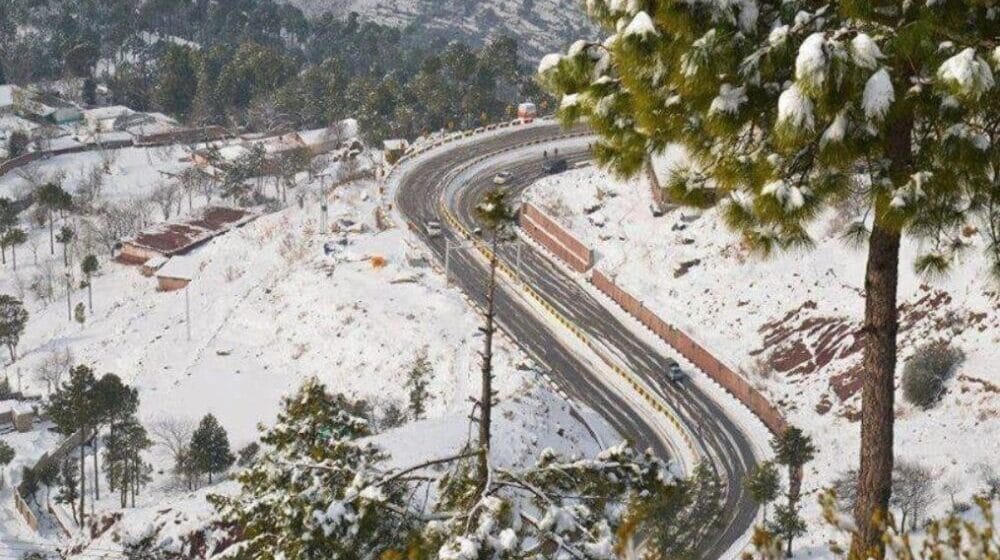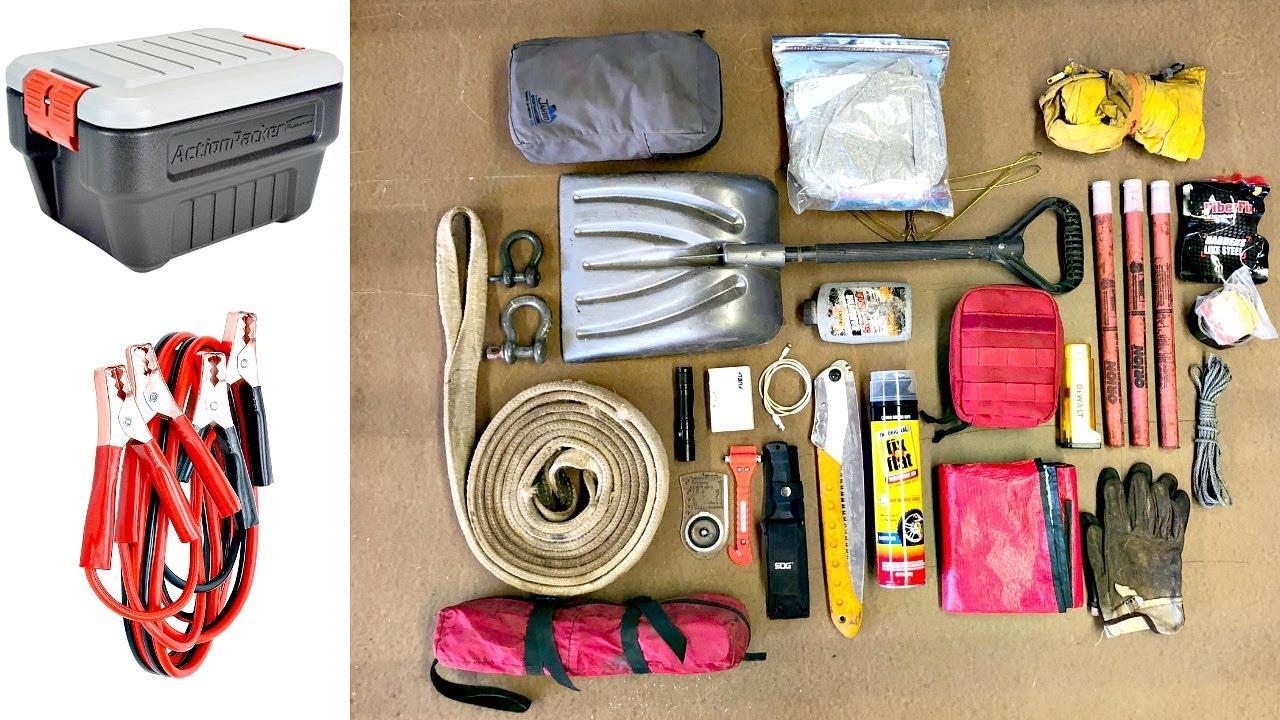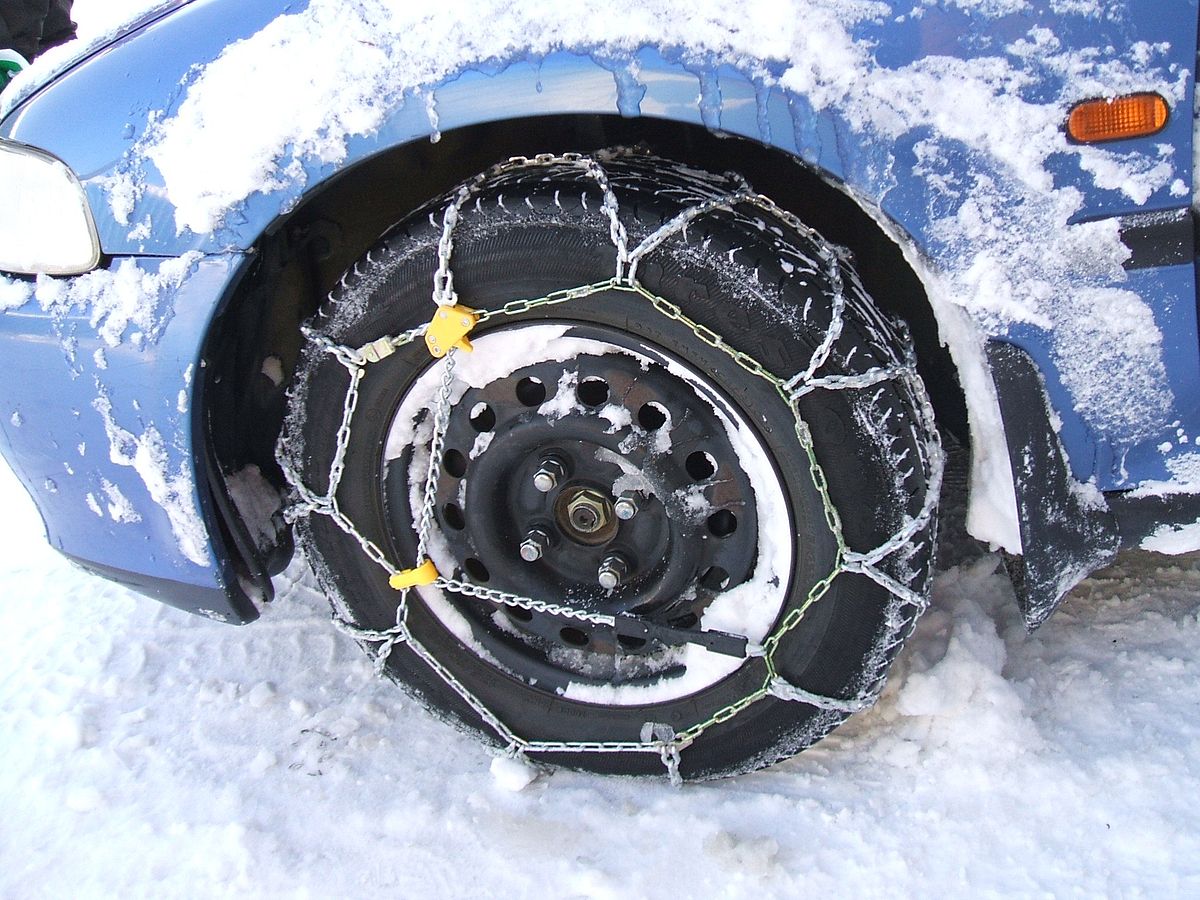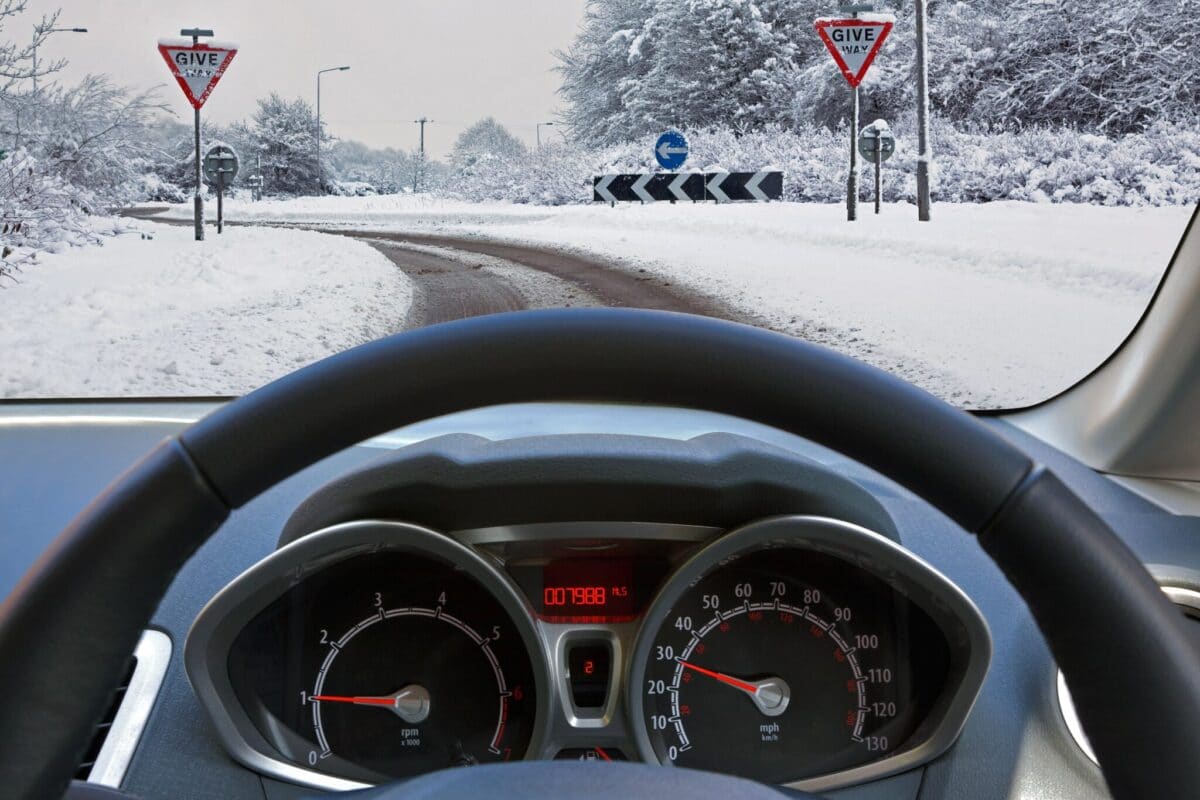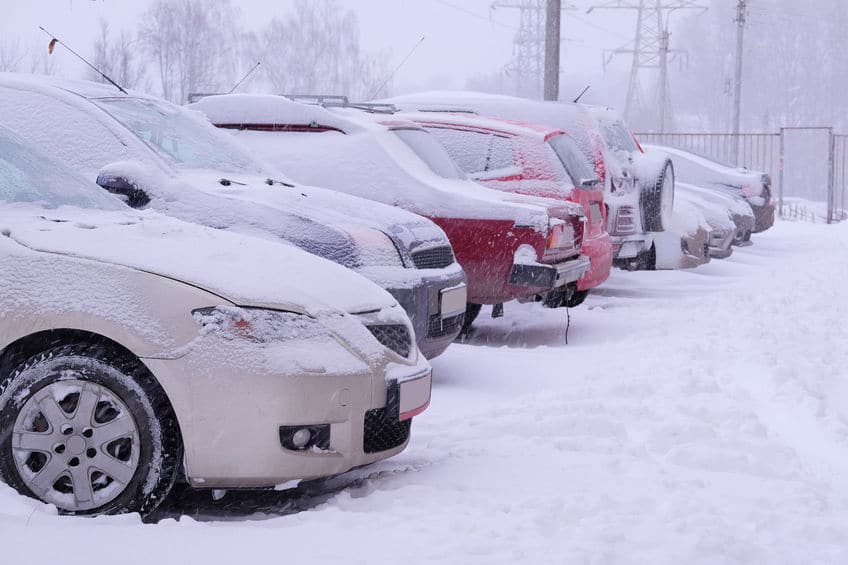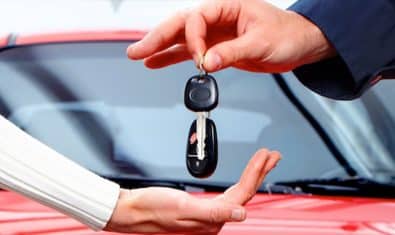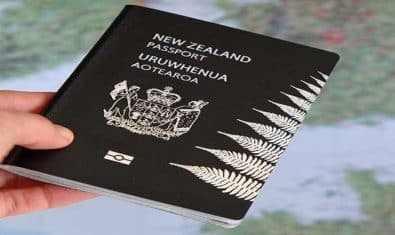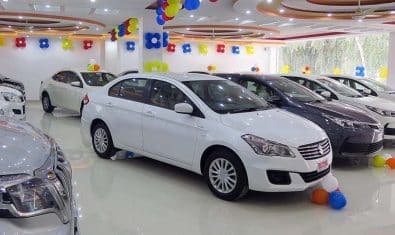Traveling in the snow seems like an adventure but it is challenging and hazardous. Motorists could be slowed down for several hours or even stranded in perilous situations. Wet and snow-covered roads have almost no grip, and it is advisable to drive with caution.
The best advice is not to travel in a snowstorm, but if it is necessary, here are a few tips for traveling in snow-covered areas.
Thorough Vehicle Check
Get your vehicle thoroughly checked beforehand to ensure the following:
- The engine must be in good condition.
- The battery has sufficient power.
- The radiator is functioning properly.
- The windshield wipers and washer jets are functional.
- The alternator and other electronics are working well.
- The defogger is functional.
Emergency Kit
It is essential for travelers to carry emergency kits that include a torch, blankets, a tow rope, a shovel, wheel chocks, plastic scrapers (to scrape ice off the windscreen), bottled water, salt (acts as a catalyst for melting the ice), food supplies, and a first aid kit.
When traveling to cold areas, it is wise to use a 5w30 multi-viscosity engine oil as its low viscosity allows it to flow through the engine quicker, which ensures its proper lubrication and smooth running in the intense cold weather.
Also, owners of old cars should use anti-freezes or special coolants as per need in extreme weather conditions. While modern cars can keep their coolants from freezing, old cars lack the ability and it can damage the cooling systems and leave motorists stranded.
Snow Chains
Snow-covered roads are incredibly slippery, and it is imperative to have vehicles with snow tires or snow chains.
Snow chains are rings of chain that are strapped onto tires for extra grip on snow-covered roads. They are typically required for 2-wheel-drive vehicles. A four-wheel-drive or an all-wheel-drive vehicle with a new set of snow tires and a proper traction control system does not require snow chains but it is better to keep them handy.
Tire manufacturers advise that vehicles with radial tires must not be driven over 40 km/h when fitted with chains. Drivers must check the tension of the chains every 200 m, and remove them immediately once the road conditions improve.
Driving in the Snow
Moderate use of brakes, throttle, and steering is key. Drivers should slow down to navigate in poor visibility and grip levels as sudden braking, throttle use, and steering input can cause the vehicle to lose traction and get into an accident.
It is better to drive slowly and to use headlights and foglights to have a clearer line of sight. While looking out for diversions, intersections, curbs, pot-holes, wildlife, pedestrians, and even other vehicles can be difficult in a snowstorm, it can be attempted by driving slowly and carefully.
Parking
It is recommended to avoid using the handbrake while parking in the snow. Intense cold can freeze the brake lining and cables, which can lead to the failure of the entire system. It is also advisable to use a wheel chock or to leave the car in gear while parked, and to fit the tires of a parked car with snow chains as they can be useful if the situation suddenly worsens.
Once the car is parked, the wipers should be elevated to prevent them from freezing onto the windscreen. It is important to keep clearing the snow off the windscreen with a plastic scraper or lukewarm water every few hours to save it from getting damaged by heavy snow.
Motorists should also be aware of the safety rules for dealing with winter road emergencies, and following these pointers can prevent mishaps and save lives.
